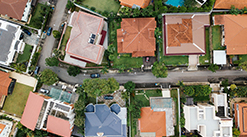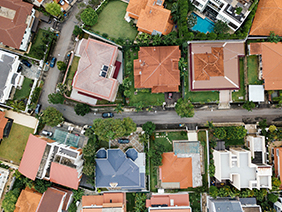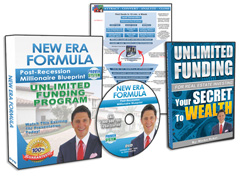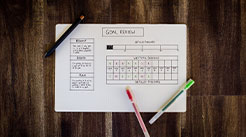
 Investment property analysis is something you can learn to become adept at, but it’s going to take a little bit of time and practice. Granted, there are some great analysis tools online that can assist you, but learning the ins and outs of what to look for in an investment property is important too.
Investment property analysis is something you can learn to become adept at, but it’s going to take a little bit of time and practice. Granted, there are some great analysis tools online that can assist you, but learning the ins and outs of what to look for in an investment property is important too.
As a reminder, I do NOT recommend rental properties unless you are an experienced investor with at least $100,000 in cash from your real estate investing business. However, if you’re seeking to purchase real estate and hold onto it as an investment for any amount of time, here are some general tips to help become more familiar with the types of data to look at.
Cash flow
Now, when analyzing a property, you want to be concerned with cash flow and appreciation.
What is cash flow? It’s the cash you have left once you’ve paid all the bills associated with the home. Appreciation merely is the equity that you gain when there is an increase in the property value. I tend to say that appreciation is simply icing on the cake.
To get cash flow, you deduct expenses from income.
Income – Expenses = Cash Flow
What are typical expenses?
To analyze a prospective real estate investment, there are typical expenses you will need to estimate and deduct them from the income you’ll be receiving. It’s easy to find out the numbers for some of these, as simply making a call to your local county office or an insurance salesperson may suffice.
Typical expenses include:
- Insurance (may include flood insurance)
- Taxes
- Property management (if applicable; usually around 10%)
- Repairs
- Vacancy rate
- Any utilities you plan on paying (water, sewer, power, garbage, etc.)
- HOA fees (if applicable)
- Capital expenditures
Few expenses may require bit more digging and estimating.
- Repairs – This number will depend on the property, as it will vary on conditions. To be on the safe side, maybe lean on the end of around 10 to 15 percent, but the more you are in the real estate business, the easier it will be for you to get a good estimate.
- Vacancy – The vacancy rate varies in different locations. Do some research for your area and see what the vacancy rate is for your niche. Let’s say you’re dealing with a vacancy rate at around 5 percent for your area. Multiply your monthly rent by .05 (or 5%) and add the result to your monthly expense. For example:
$2,000 (rent) x .05 = $100.
You’ll add $100 to your monthly expense column for vacancy rate.
- Capital Expenditures – Your capital expenditures (CapEx) are the more significant things that may need to be replaced or fixed over time. This may include things like the HVAC, roof, plumbing, and so on. Don’t ignore the fact that at some point, you’ll have to put some money into CapEx’s. If you ignore this expense in your initial analysis, you may end up thinking you’re getting a better deal than you really are. The CapEx number will vary from home-to-home, depending on the condition of the home. Older homes require a larger CapEx number, but as in repairs, you’ll get a feel for this number the longer you’re in real estate. If you’re not sure, go somewhere between 8 and 15 percent.
Add all the numbers
Since you have your income and expenses on paper, add them up. Your expenses are known as your Operating Expenditure.
If you’ve taken out a mortgage loan, add this into the list. Now you’ve got all the numbers you need to figure out your cash flow analysis:
Operating expenses + mortgage payment = Total monthly payment
Subtract your total monthly payment from total income to get your cash flow. From a yearly perspective, this is typically called net operating income (NOI).
Of course, there’s further analysis you can do, such as Cash on Cash Return on Investment, which is mainly looking at your money in vs. your money out. You want a good return on your investment, so you will want to know how to figure this number out as close as you can get it. To do so, divide annual net operating income (NOI) before taxes, by the total amount you have invested or will invest.
Cash on Cash Return = NOI ÷ Total Cash Investment
A high return would be somewhere between 8 and 12 percent. If your numbers are falling between those numbers, the prospective real estate may indeed be a great deal for you.
Learning and working the numbers for a property analysis takes some time and practice, but it does get easier the more you do it.
Request FREE Funding Kit and Discover How To Legally Bypass Banks And Gain Direct Access To "No-Credit-Required" Funding You Can Use To Achieve Your Financial Freedom... Start Now!












